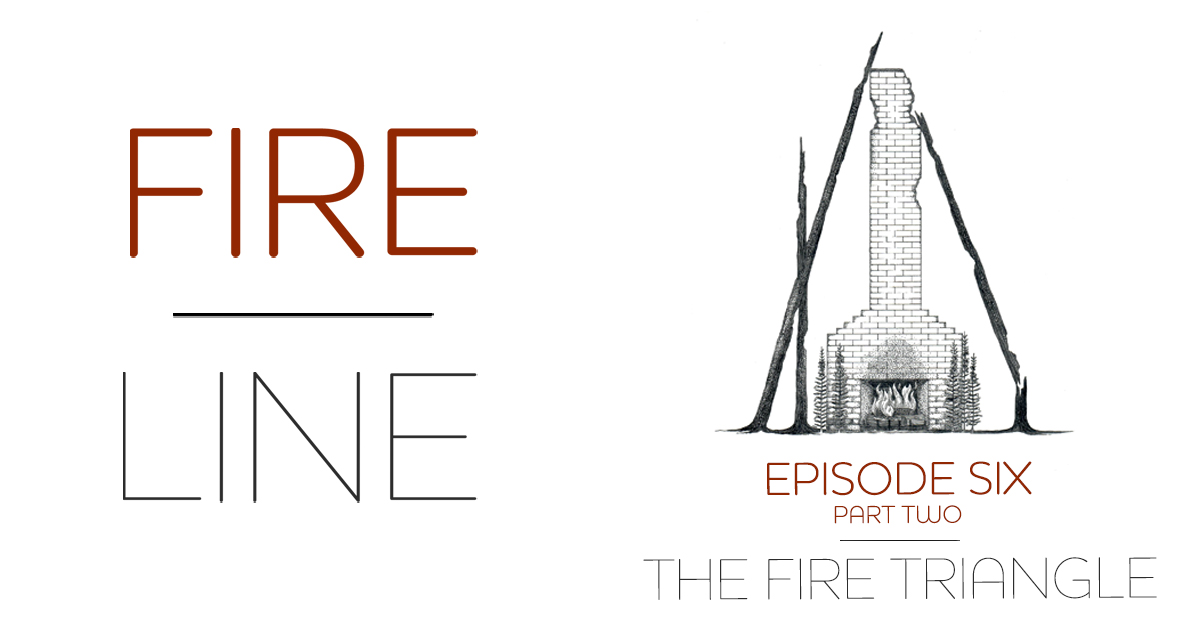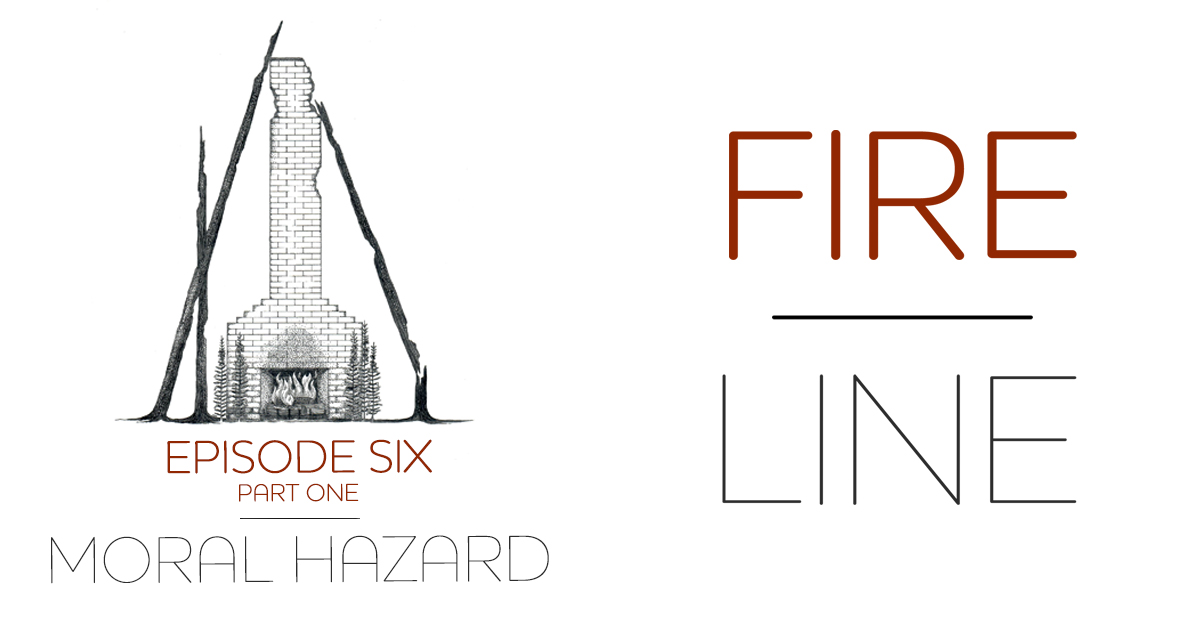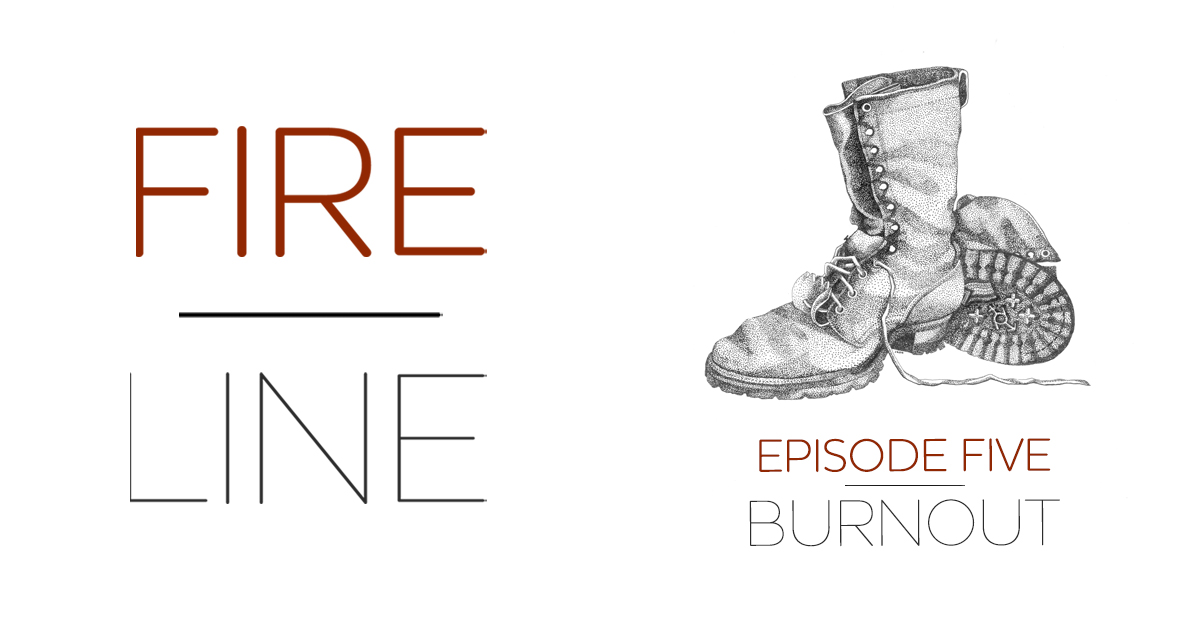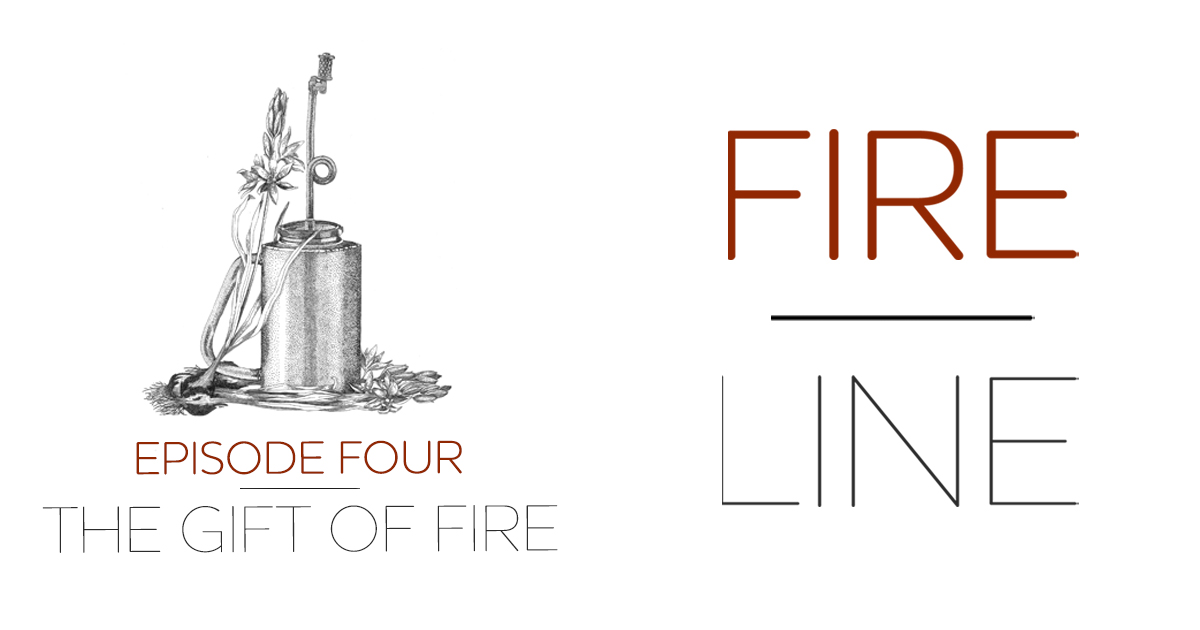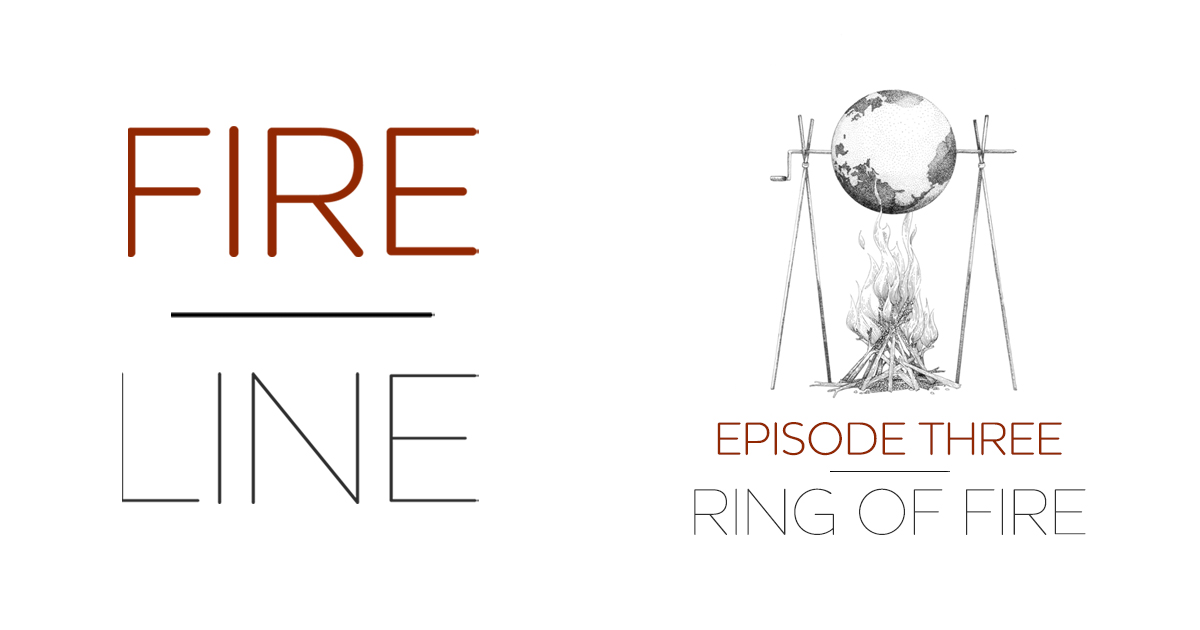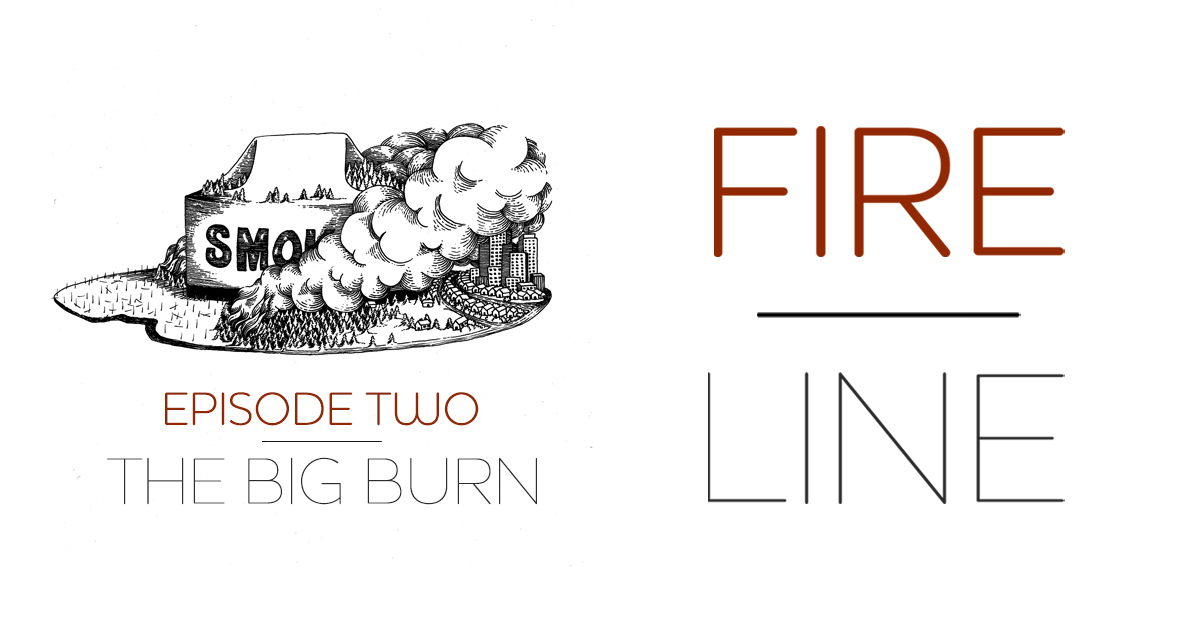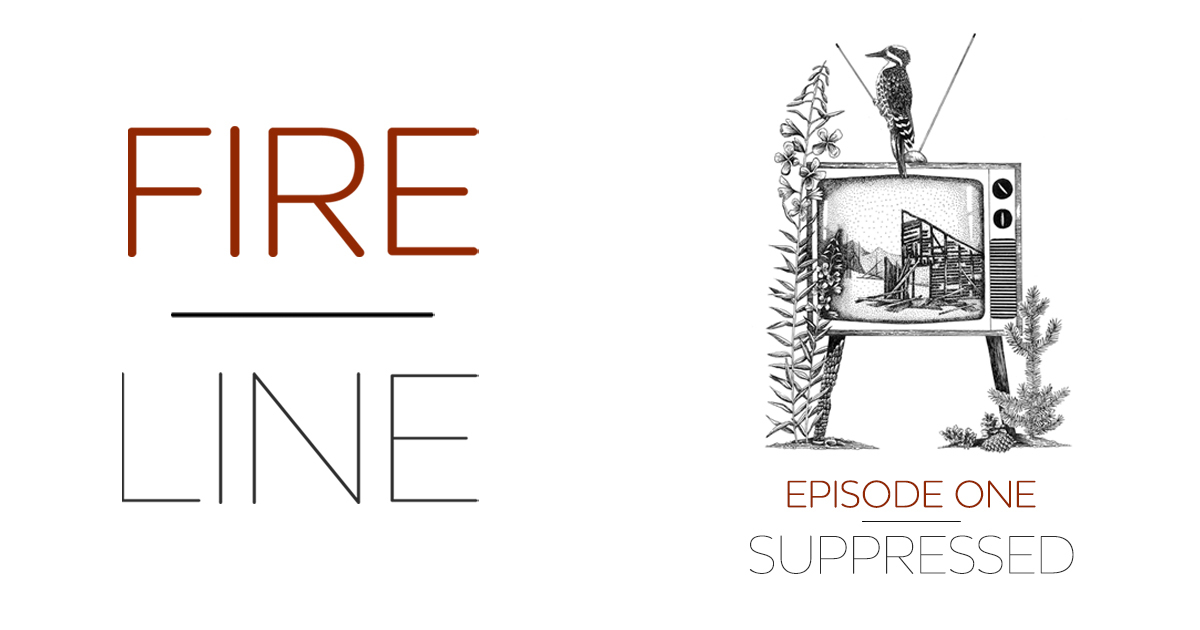When Lily Clarke arrived at the August Complex Fire, it was a fire of sensational size. The blaze eventually burned more than 1 million acres, becoming the largest recorded wildfire in California history. Across the country in 2020, flames charred an area nearly 5 times the size of Yellowstone National Park — the largest swath of land burned since reliable records began. Wildfires across the country are getting bigger, hotter and more devastating. But what’s all this fire really mean — for the west, for firefighters and for everyday folks? And what’s it really like to fight fire on the ground?
Transcript
